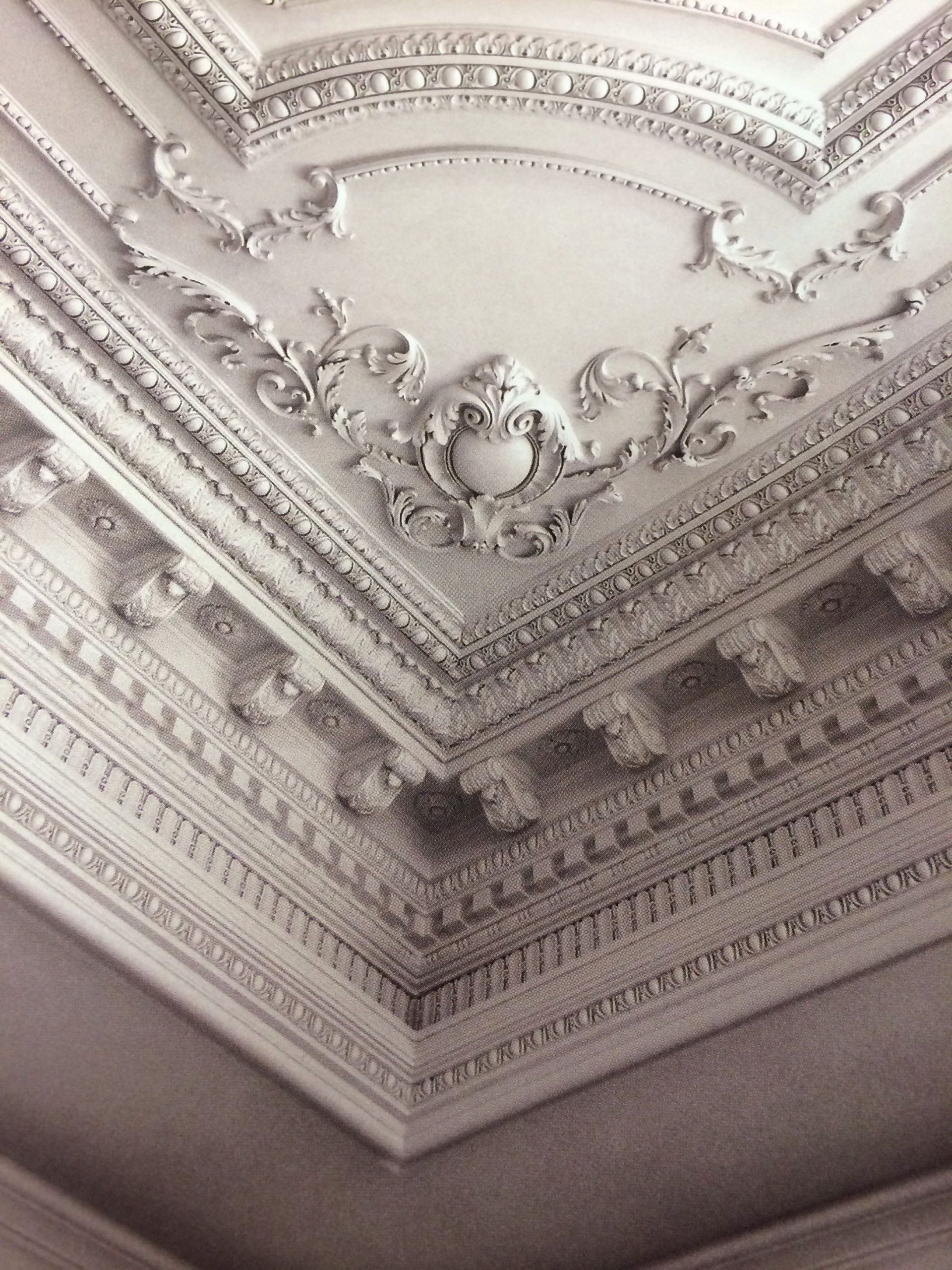Do you find selecting architectural moldings like skirting boards challenging? You aren’t alone. Choosing the baseboards is daunting, especially for untrained eyes. This is because they come in different profiles, styles, and materials. Their difference calls for considering several factors, functionality being one of them. This article details why you should consider functionality. The advice is from experienced professionals who have worked with skirting boards. Kindly read it to the end to learn how to choose the most suitable baseboard by considering functionality.
Structural Integrity and Support
Considering functionality is essential as it affects the structural integrity of your living space. Architectural moldings such as 100mm torus skirting board support the walls you install them on. They protect the walls from damage caused by furniture, accidental collisions, and foot traffic. In addition, they protect the walls against natural expansion and contraction that can lead to cracks in the drywall or plaster. These moldings provide flexibility that accommodates the movements, maintaining structural integrity.
Cables and Wiring Management
Hiding cables and managing wires are essential to the skirting board’s functionality. That’s why you should consider the factor and choose a skirting board that can do the job. To do so, you will check for torus skirting board variations with cable management features such as channels and grooves. These features allow you to route wires and cables inconspicuously, resulting in the following:
- Tidy appearance
- Longevity
- Easy access and maintenance
- Reduced tripping hazard
Concealing Imperfections
Walls come with imperfections in junctions and uneven surfaces. Skirting boards can help you conceal such imperfections, but only if you select the most suitable one. You must consider functionality and check features that will help solve the problem. Such features include size and profile, which can provide decent coverage. Visual distraction from simplicity and attractive design is another feature you will check when choosing such boards. Practicality and cost-effectiveness are the other features to check when choosing an architectural moulding covering imperfections. This is because you need the type that will cost you less but get the job done.
Acoustic Enhancement
Sound management is also necessary, especially in houses with bare walls and floors. Therefore, consider functionality and choose a skirting board that will enhance acoustics. Such baseboards reflect sound waves, reducing echo and absorbing sound. Some with grooves and curves diffuse sound, leading to clarity. While choosing the skirting boards, you will check the material, with MDF cork and natural wood being among the best. You will also check the height and size, choosing the taller ones.
Maintenance and Durability
You should consider functionality, as it directly impacts maintenance and durability. Those that protect the walls are sturdy and maintain their appearance as they prevent scratches and dents. Those like 100mm torus skirting boards made from MDF and PVC are easy to maintain as they are less prone to cracking or warping. However, note that the quality of construction also matters for easy maintenance and durability.
Choosing skirting boards is quite challenging, especially if you are untrained. Unfortunately, selecting the wrong one is costly as it will not serve its purpose. That’s why you must consider functionality. Using the information you have read here will help you do so.
Image from: https://in.pinterest.com/pin/633387435623675/







